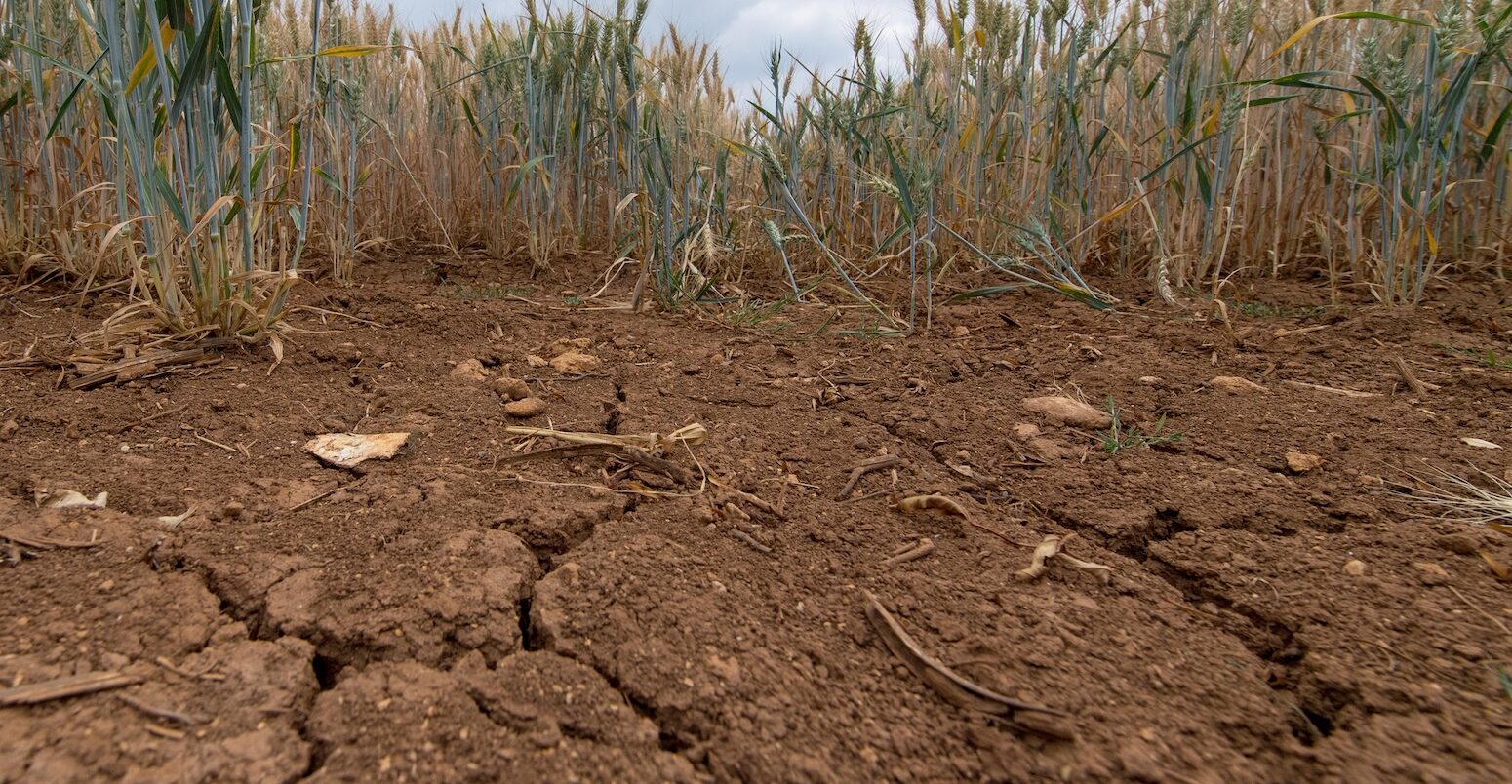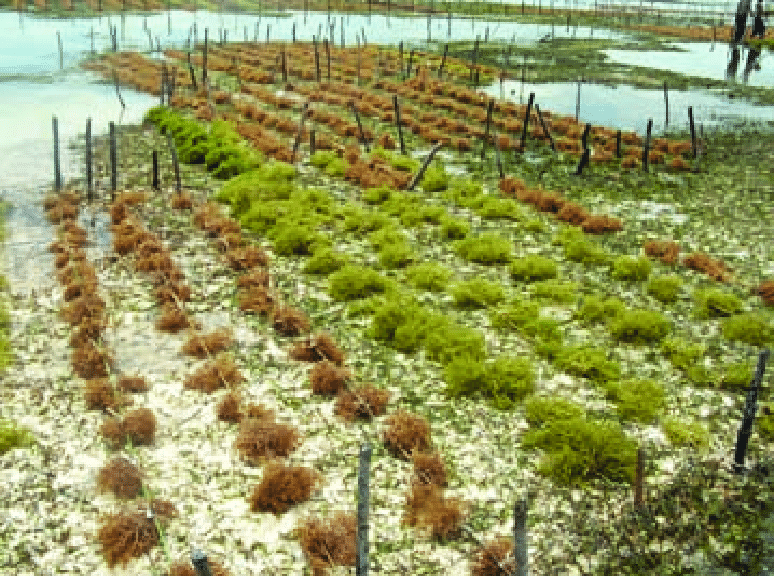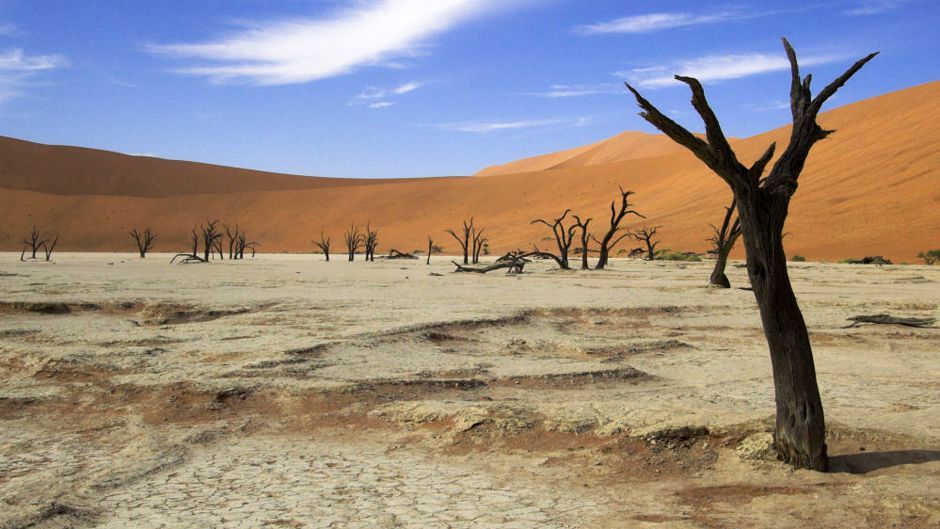Learn how the UN Convention on the Rights of the Child and General Comment No. 26 reaffirm every child’s right to a clean, healthy, and sustainable environment – and how you can use it to advocate for lasting change.
Children and young people need a healthy and clean planet to survive and thrive. Despite efforts, extreme weather, pollution and climate change are threatening children’s right to a happy and healthy life. Children and young people across South Asia, and globally, are demanding urgent action to protect their rights.
How are children’s rights affected by climate change?
South Asia is a climate hotspot. The most impacted are those least responsible for this crisis – the nearly 660 million children and nearly 350 million young people who call this region their home.
The region is increasingly battered by record-breaking heatwaves, devastating floods, frigid temperatures, catastrophic storms, and prolonged droughts.
76 per cent of children in this region are grappling with rising temperatures and dangerous pollution, while nearly 350 million face a lack of clean water. In fact, every child in South Asia is affected by at least one climate-related hazard, shock or stress.
These back-to-back disasters have uprooted millions of children from their homes, disrupting their learning and depriving them of lifesaving healthcare, including vaccines. Many such children are contending with multiple challenges, including the deaths of loved ones, poverty, abuse and exploitation.
What is the United Nations Convention on the Rights of the Child, and a General Comment?
The United Nations Convention on the Rights of the Child is an important agreement by countries to promote and protect children’s rights. The Convention explains who children are, all their rights, and the responsibilities of governments to protect, promote and fulfill children’s rights.
A General Comment provides legal guidance on what these rights imply for a specific topic or area of legislation. For example, General Comment No. 26 explains to governments how children’s rights are related to the environment and climate change, and what governments must do to protect them.
How does General Comment No. 26 guide governments on children’s rights?
In August 2023, the United Nations Committee on the Rights of the Child consolidated the views and ideas of over 16,000 children from 121 countries to create General Comment No. 26 (GC26).
GC26 affirms every child’s right to a clean, healthy and sustainable environment and the need to promote and protect it at all costs.
Here is how the GC26 protects every child’s right to survive and thrive.
What is the GC26 calling upon governments to do?
- Governments need to reduce the impact of climate change by taking urgent action.
- Ensure children and young people have a seat at the table while developing adaptation plans and decisions to protect children affected by climate change.
- Provide financial and technical support to countries facing losses and damages affecting children’s rights.
- Hold businesses accountable for reducing their emissions and supporting renewable energy. Also, ensure that investments made to address the cause and consequences of climate change do not violate children’s rights.
- Integrate children’s rights into all climate-related decision-making processes and vice versa.
- Conduct regular Child Rights Impact Assessments to understand and address how environmental decisions affect children from different ages and backgrounds.
- Enforce laws, regulations, and policies that prevent environmental pollution.
- Ensure that children have access to national, regional, and international justice to address harm and receive support and compensation.
- Foster international cooperation to address environmental challenges, recognising that these issues transcend borders. Countries with greater responsibility for environmental harm should take more action and support those most affected.
How can you use GC26 in your advocacy with governments and decision-makers?
- Speak with your elected representatives to integrate climate action into local policies, plans, and laws.
- Become child rights advocates and emphasise the importance of incorporating children’s views and participation in environmental decision-making and discussions to ensure a sustainable future.
- Help foster opportunities, such as tailored training programs, to empower children to take action, advocate, and safeguard themselves from environmental damage.
GC26 reflects the voices of children impacted by climate change. It is imperative for governments, policymakers, and leaders to take action to protect the future and rights of every child. At home and in communities, let’s encourage children and young people to learn more, raise their voices and become advocates for climate action.
Learn more about the GC26:
- Link to GC26 Child friendly version
- GC26 launch press release




